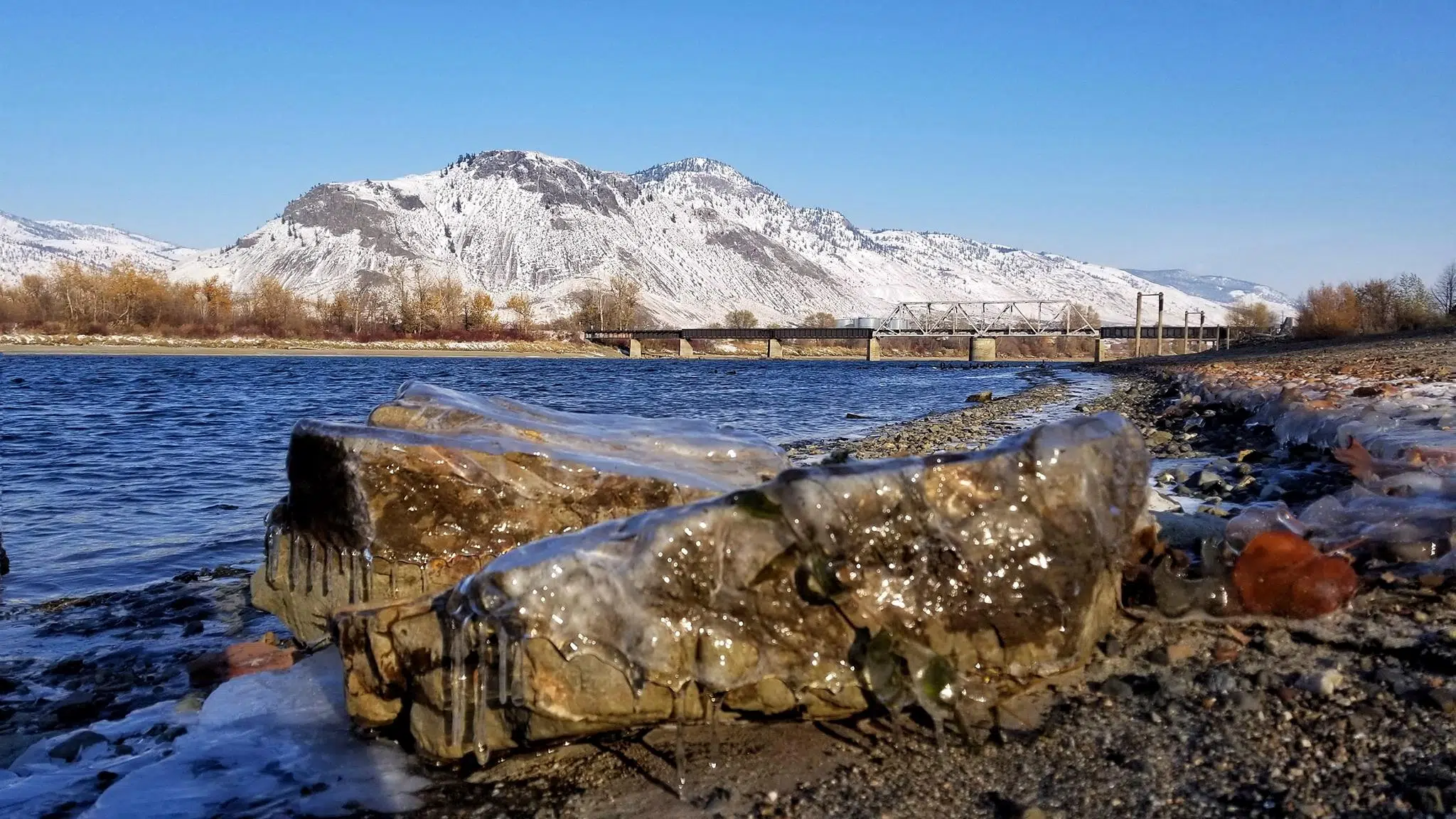
There should be no compromise on keeping our waters clean
KAMLOOPS — Few things are more unsettling than the words ‘coloured discharge’ or ‘sludgy brown cloud’ when attached to the state of a natural body of water, such as a river or a lake, which people use for various activities, including fishing and swimming (humans and dogs).
I guess everyone who has lived in Kamloops for a while has made peace with the occasional bad smell from the pulp mill. When we moved here in 2012, we were told that it is much better than it used to be. I have been reminding myself of that on particularly stinky days, while also wondering what exactly is it that we breathe in. Scientific curiosity, if you will.
Back to the brown sludge that was (this time) noticed by a local fisherman, Derek Molter, when he fished in the Thompson River near the Mission Flats Road. It makes me think of the ‘if a tree falls in the forest and there’s no one to hear it, did it still happen?’. In other words, how long has this been going on for and how much do we know about it safety-wise. Yes, it made me think of the many days of swimming in the lake with a bunch of friends during the last summer.
Whether this effluent is being released in the river daily or every few days, is of little importance. To be fair, the mill effluent release from Domtar is in accordance with the environmental standards set by the Ministry of Environment.


